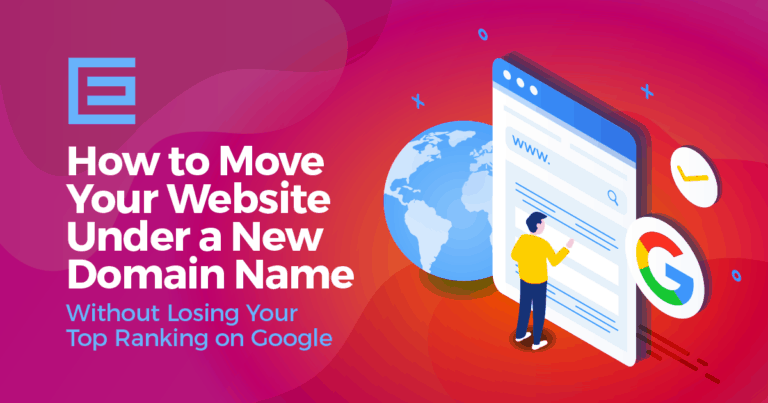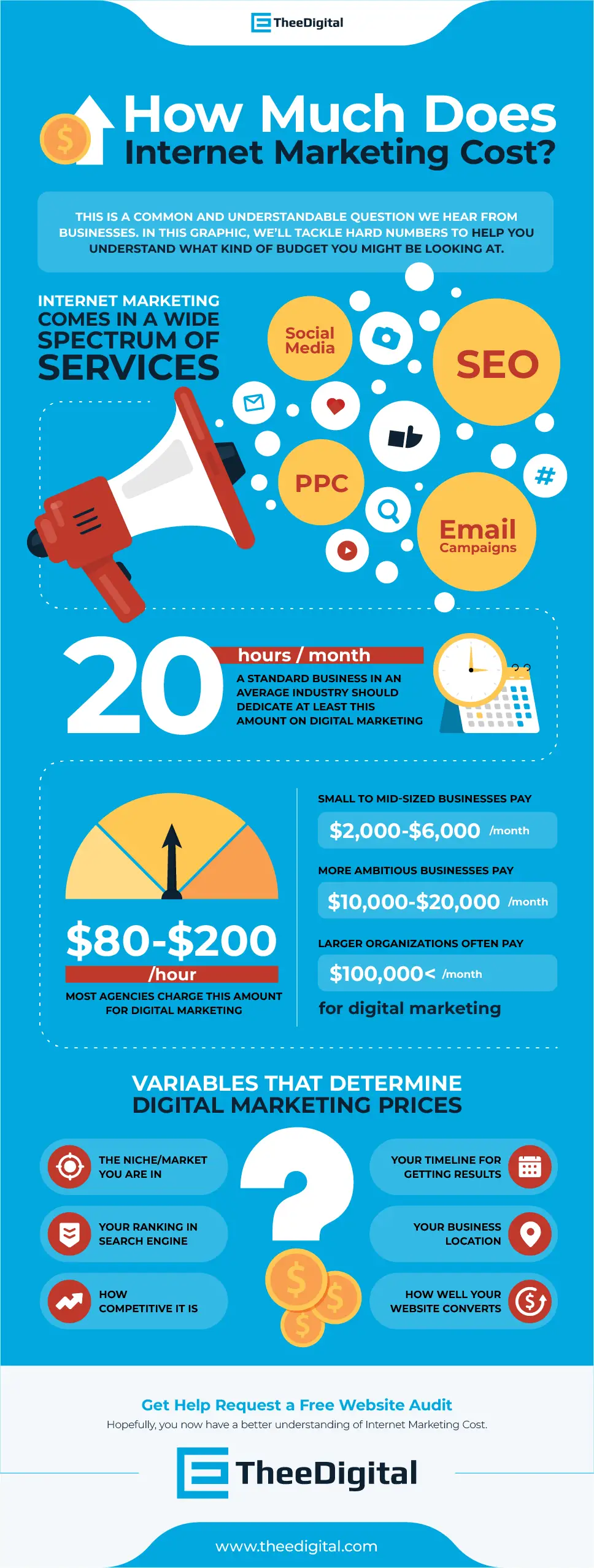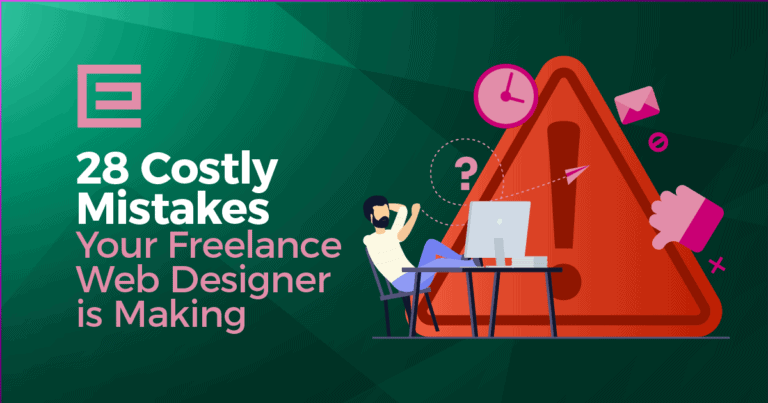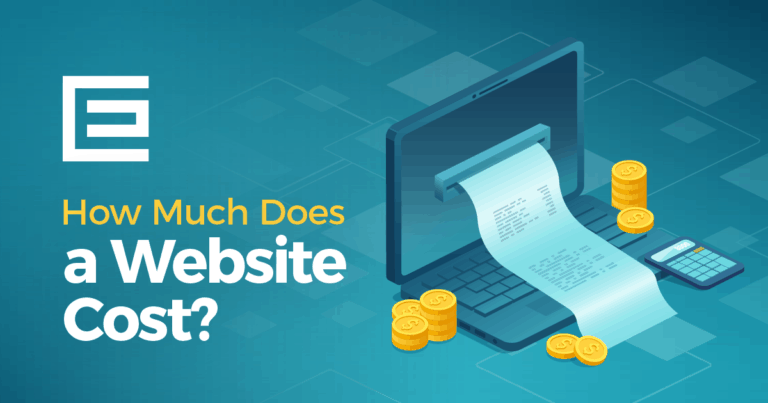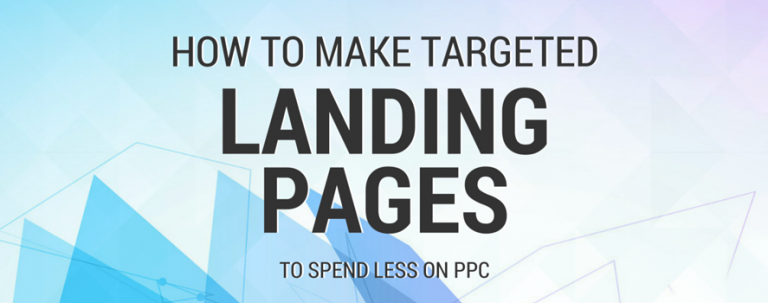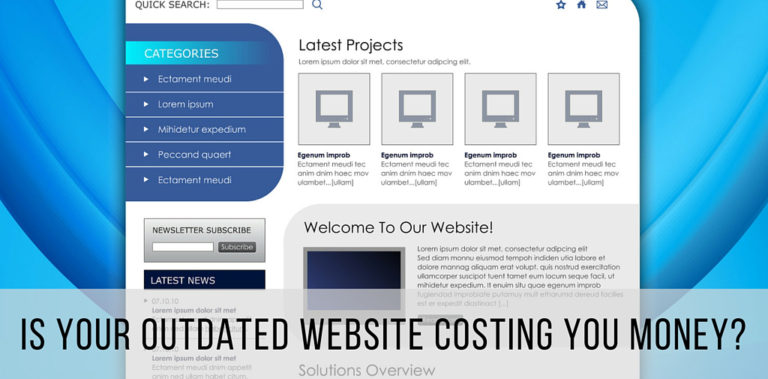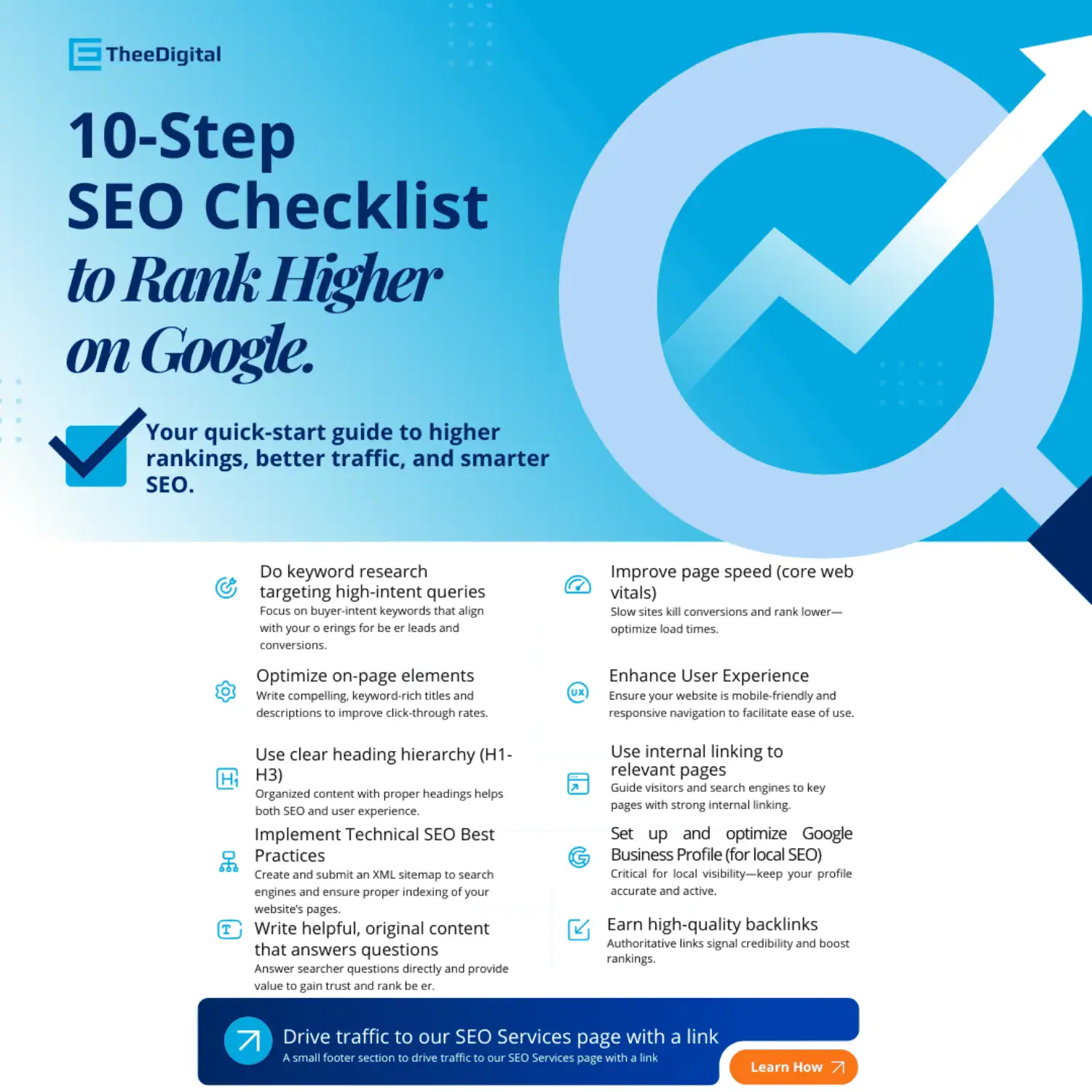When deciding if digital marketing is right for your business, the first question you will probably think of is “How much does digital marketing cost?”. In this article, we’ll tackle hard numbers to help you understand what kind of budget you might be looking at, and what that digital marketing cost is made up of.
Digital Marketing Cost Is Determined By:
Digital marketing costs are best managed by setting a clear budget aligned with business goals and allocating a percentage of revenue toward marketing efforts. For businesses to budget effectively, they must have a clear grasp of these costs and the potential return on investment (ROI) they offer. That’s where digital marketing cost becomes digital marketing returns. At that point, the business can begin to scale according to how much they can increase revenue using these proven existing systems.
From paid advertising campaigns to the management of social media accounts, and from content creation to search engine optimization (SEO), each aspect of digital marketing incurs costs. Knowing what to expect in terms of expenses helps companies to allocate their marketing budget more efficiently, avoid overspending, and optimize their marketing strategies for better financial outcomes.
Factors Influencing Digital Marketing Costs
The cost of digital marketing can vary significantly based on several factors that businesses must consider when planning their marketing strategies. These factors ensure that the cost of digital marketing is not a one-size-fits-all figure but rather a flexible calculation that aligns with specific business needs and goals.
Business Size and Scope
The size and scope of a business play a pivotal role in determining digital marketing costs. Larger businesses may require a more extensive reach and a broader set of marketing tactics, which can increase costs. They often engage in multiple marketing campaigns across various platforms, requiring more resources and a larger budget. Conversely, small to medium-sized businesses might focus on more targeted, local strategies that can be more cost-effective but still require a significant investment to be competitive in their specific market.
Target Market and Audience
Who a business is trying to reach with its marketing efforts will also influence the cost. A target market that is broad and diverse may require a campaign to be spread out across numerous channels to effectively reach all segments, which can be more expensive. On the other hand, a niche audience can be reached more directly, potentially reducing costs. However, if the target audience is highly sought-after or difficult to reach due to competition, the cost to engage with them can increase, as more sophisticated and higher-budget campaigns will be necessary.
Marketing Channels Used
The choice of marketing channels is another significant factor in the cost of digital marketing. Each channel comes with its own pricing structure. For instance, pay-per-click (PPC) advertising costs can fluctuate based on the competitiveness of the keywords targeted. Social media platforms can vary in cost depending on the type of ads run, the level of targeting required, and the duration of the campaigns. Content marketing and SEO are typically seen as long-term investments and can have varying costs based on the quality and quantity of content produced, as well as the technical challenges involved in optimizing a website for search engines.
There is no single determinant for digital marketing costs; instead, they are influenced by the interplay of business size, the specificity of the target audience, and the marketing channels chosen. Each of these factors must be carefully considered to develop a digital marketing plan that is both effective and cost-efficient.
Average Cost Breakdown by Service Type
When budgeting for digital marketing, understanding the average costs associated with different service types can help businesses allocate their funds more effectively. Here’s a breakdown of what companies can expect to spend on various digital marketing services:
SEO (Search Engine Optimization)
SEO is a fundamental aspect of digital marketing that enhances a website’s presence on search engines like Google. It’s a complex process that involves various strategies and techniques to improve organic search visibility and traffic.
Average Monthly Costs
The average monthly costs for SEO services can vary widely depending on the size of the business, the complexity of the project, and the level of expertise of the service provider. Small businesses may spend between $500 to $2000 per month on SEO, while mid-size to large companies could see this figure rise to between $2,500 to $5,000 or more. For businesses in highly competitive industries or those targeting a national or international audience, SEO costs can exceed $10,000 per month to maintain effective, ongoing SEO strategies.
Factors Affecting SEO Pricing
Several factors can influence the pricing of SEO services, including:
- Competition in the Industry: The more competitive the industry, the more effort and resources are required to rank well for desired keywords, which can drive up the cost.
- Current Website Status: A website that requires a lot of work to be optimized for search engines (such as improving site speed, mobile optimization, and fixing broken links) will incur higher costs than one that already has a solid foundation.
- Target Keywords: The difficulty and number of keywords a business wants to rank for can affect cost. Targeting high-competition, high-volume keywords requires more intensive SEO work, thus increasing the price.
- Content Development: High-quality content is essential for good SEO. The cost can increase if the SEO plan includes the creation of rich, engaging content.
- Link Building Campaigns: Acquiring high-quality backlinks from reputable websites is a time-consuming process that often requires a significant investment.
- Local vs. National Focus: Local SEO is generally less expensive than a national or global focus, as it targets a smaller, more specific audience.
- SEO Tools and Subscriptions: The use of premium SEO tools for analysis, tracking, and strategy can add to the overall cost.
- Reporting and Analysis: Comprehensive reporting and ongoing analysis for continuous improvement can also be factored into the pricing.
The investment in SEO is typically justified by the long-term value it brings to a business, as it is one of the most sustainable ways to build an online presence and attract organic traffic. However, it’s important for businesses to have a clear understanding of these costs and to set realistic expectations for the results that can be achieved within their budget.
PPC (Pay-Per-Click Advertising)
Pay-Per-Click (PPC) advertising is a model of internet marketing where advertisers pay a fee each time one of their ads is clicked. It’s essentially a way of buying visits to your site, rather than attempting to “earn” those visits organically. PPC is known for its ability to drive immediate results and its effectiveness in targeting specific audience segments.
Understanding PPC Budgeting
Budgeting for PPC campaigns involves setting a daily or monthly budget that determines how much you are willing to spend on your ads. This budget can be adjusted at any time based on the performance of the campaign. Advertisers can bid on keyword phrases relevant to their target market, and the cost can depend on the bidding strategy chosen, whether it’s a focus on clicks, impressions, or conversions. The flexibility of PPC budgeting allows businesses to start with a small investment and increase their spend as they begin to see results.
Average Costs and Factors That Influence Them
The average costs for PPC can vary greatly depending on several factors. Generally, businesses may spend anywhere from $1,000 to $10,000 or more per month on PPC. However, for smaller businesses or those with tight budget constraints, effective campaigns can be run on a few hundred dollars a month. The costs are influenced by:
- Keyword Competition: Highly competitive keywords cost more per click due to higher demand. Industries with a high customer lifetime value, like law or insurance, often have the highest CPC (cost per click) rates.
- Ad Quality and Relevance: Search engines reward better-quality ads with higher ad rankings and lower costs. Ads that are more relevant to the user can result in a better click-through rate (CTR), which can lower the cost per click.
- Targeting Settings: Costs can increase with the level of targeting required, including geographic location, language, and device targeting. More precise targeting generally requires a higher bid.
- Campaign Objectives: Campaigns focused on conversions or sales can be more costly than those aiming for impressions or traffic due to the need for more refined targeting and optimization.
- Industry and Market Trends: Seasonal trends, market fluctuations, and changes in consumer behavior can all affect PPC costs. For instance, costs often increase during peak shopping periods like the holidays.
It’s important for businesses to understand that while PPC can be costly, it also offers a high degree of control and measurability. By carefully managing campaigns, testing different strategies, and optimizing ad spend, businesses can maximize their return on investment from PPC advertising.
Social Media Marketing
Social Media Marketing is a dynamic and versatile platform for businesses to reach their audience where they spend a significant amount of time: on social media. It encompasses various activities, including posting text and image updates, videos, and other content that drives audience engagement, as well as paid social media advertising.
Cost Range for Different Platforms
The cost of marketing on different social media platforms can vary based on the platform’s audience, the ad types available, and the overall competition for ad space. For instance, advertising on Facebook can start as low as a few dollars a day for boosted posts to several thousand dollars for more extensive campaigns targeting a broad audience. Instagram, owned by Facebook, shares its advertising system and thus has a similar cost structure, but with potentially higher engagement rates for visual content. LinkedIn advertising typically has a higher cost per click due to its professional audience with higher average incomes, making it a premium advertising space. Twitter offers options for both promoted tweets and more comprehensive campaign strategies, with costs that can scale up according to the campaign’s reach and complexity.
Campaign Management and Content Creation Costs
The management of social media campaigns and the creation of content can be a significant part of the overall cost. This includes the strategy development, content planning, graphic design, copywriting, and the time spent on posting and monitoring social media channels. For small businesses, these costs can range from $400 to $1,000 per month if managed internally or with minimal external support. However, for larger businesses or for campaigns requiring high-frequency content and active engagement across multiple platforms, costs can rise to $5,000 per month or more. This would typically cover a more comprehensive service provided by a dedicated social media manager or an agency, including regular content creation, analytics, and reporting.
The investment in social media marketing is not just in the ad spend but also in the creative and strategic work that goes into making those ads effective. It’s important for businesses to consider both the direct costs of advertising and the indirect costs of managing their social media presence when budgeting for marketing. With the right strategy, businesses can achieve significant returns on their social media investments through increased brand awareness, customer engagement, and sales. Creating useful, sharable content can be expensive, depending on the industry.
Speaking of which, check out our infographic about this very topic:
Email Marketing
Email marketing is a direct and cost-effective method of reaching customers and prospects with personalized messages. It’s a staple in the digital marketing mix due to its efficiency in driving conversions and building relationships.
Cost-effective Strategies for Email Marketing
To maximize the return on investment, businesses should consider several cost-effective strategies for email marketing. Segmenting email lists allows for more targeted and relevant messaging, which can improve engagement rates and reduce the likelihood of unsubscribes. Personalizing emails beyond just including the recipient’s name, by tailoring content to past purchase behavior or engagement history, can also enhance performance. Automating email campaigns saves time and resources by triggering emails based on specific actions, such as welcome emails, abandoned cart reminders, or re-engagement prompts. Regularly cleaning the email list to remove inactive subscribers can help maintain a high deliverability rate and ensure marketing efforts are focused on engaged users.
Average Pricing for Email Campaigns
The average pricing for email marketing services can vary based on the scale and complexity of the campaigns. For basic email services, businesses might spend as little as $20 to $300 per month using email marketing platforms like Mailchimp or Constant Contact, which offer scalable solutions based on the size of the email list and the number of emails sent. For more comprehensive services, including custom template design, list management, segmentation, and detailed reporting, costs can range from $500 to $5,000 per month. These services are often utilized by businesses with larger lists or those seeking a more sophisticated email marketing strategy.
The cost of email marketing is also influenced by the creation of content and the frequency of the campaigns. While businesses can manage content creation in-house to save costs, hiring professional copywriters or designers can enhance the quality of the emails, potentially leading to better engagement and conversion rates. It’s important for businesses to weigh the costs against the potential benefits of a well-executed email marketing strategy, which can yield a high ROI when managed effectively.
Content Marketing
Content marketing is a strategic approach focused on creating and distributing valuable, relevant, and consistent content to attract and retain a clearly-defined audience — and, ultimately, to drive profitable customer action. It’s an essential element in today’s marketing landscape, with its success heavily reliant on the quality of content produced.
The Role of Content Quality in Pricing
The quality of content has a direct impact on its cost. High-quality content is typically more expensive to produce as it may require the expertise of skilled writers, researchers, and designers. For example, an in-depth industry report with original research and analysis can be significantly more costly than a simple blog post. The reason for this is twofold: firstly, high-quality content stands a better chance of ranking well in search engine results, leading to long-term organic traffic; secondly, it is more likely to be shared and referenced, increasing its reach and value to the brand.
Quality content also demands a higher level of creativity and insight, which can involve more time for brainstorming, drafting, and revising. Additionally, it may necessitate the use of specialized tools or subscriptions to research platforms, further adding to the cost.
Budgeting for Content Creation
When budgeting for content creation, businesses must consider the type and volume of content needed to meet their marketing goals. A content marketing budget can include a variety of content types, such as blog posts, white papers, e-books, infographics, videos, and podcasts. Each has its own associated costs, which can vary based on the length, complexity, and format of the content, as well as the talent needed to produce it.
For small businesses or those new to content marketing, the budget may start small — focusing on creating a few key pieces of content and using them effectively across multiple channels. As the strategy scales, businesses might invest anywhere from $2,000 to $10,000 per month on content marketing efforts, engaging with freelance professionals or content creation agencies to produce a steady stream of diverse content.
It’s also important for businesses to consider the long-term value of the content created. Evergreen content, which remains relevant over time, can continue to drive traffic and leads long after its initial publication, offering a higher return on investment. Budgeting for content marketing, therefore, is not just about the immediate cost but also about investing in the brand’s future visibility and authority.
Content marketing costs are largely dictated by the quality and diversity of content required to effectively engage an audience and achieve a company’s marketing objectives. By investing in high-quality content and smart budgeting, businesses can build a robust content marketing strategy that delivers consistent and measurable results.
Budgeting for Digital Marketing Costs
Budgeting for digital marketing is a critical step for any business that aims to establish a strong online presence and drive growth through online channels. A well-planned budget ensures that marketing efforts are aligned with business goals and financial constraints, maximizing the impact of every dollar spent.
How to Set a Digital Marketing Budget
Setting a digital marketing budget involves several steps. First, businesses need to define their marketing objectives clearly. Are they looking to increase brand awareness, generate leads, or drive sales? Once the goals are established, the next step is to understand the customer journey and determine which digital marketing channels can most effectively reach the target audience at different stages of the journey.
After identifying the channels, businesses should research the typical costs associated with each one, including any tools or services required to run campaigns effectively. It’s also important to consider the costs of hiring or training staff to manage digital marketing efforts or the expense of outsourcing to agencies.
Businesses should also take into account historical data from previous campaigns, which can provide insights into what worked well and what didn’t, helping to inform future budget allocations. Finally, the budget should be flexible enough to allow for adjustments as the market changes or new opportunities arise.
Percentage of Revenue Allocation for Digital Marketing Costs
The percentage of revenue allocated to digital marketing can vary widely depending on the industry, the size of the business, and its growth stage. However, a common benchmark is to allocate around 7-12% of total revenue to marketing, and of that, at least 50% should be dedicated to digital marketing efforts. This reflects the increasing importance and effectiveness of digital channels in reaching today’s consumers.
For new businesses or those in highly competitive digital markets, the percentage of revenue allocated to digital marketing may need to be higher to establish a market presence and capture customer attention. Conversely, for established businesses with strong brand recognition, the percentage might be lower, with a focus on maintaining presence and engagement.
It’s also worth noting that this percentage should be revisited regularly, as the business grows and as digital marketing strategies evolve. The allocation should be based on a combination of past performance metrics, industry standards, and the anticipated cost of achieving current marketing objectives.
Setting a digital marketing budget requires a strategic approach that considers business goals, market conditions, and the competitive landscape. By allocating a percentage of revenue to digital marketing, businesses can ensure they are investing adequately in the digital strategies that will drive their growth and success.
As a rough generalization, here are some digital marketing costs to get you started with a business that has no established revenue:
| Factor | Cost Range |
| SEO (Search Engine Optimization) | $500 – $10,000+ per month |
| PPC (Pay-Per-Click) | $1,000 – $10,000+ per month |
| Social Media Marketing | $400 – $5,000+ per month |
| Email Marketing | $20 – $5,000 per month |
| Content Marketing | $2,000 – $10,000+ per month |
In-House vs Agency Marketing
Many business owners see agency marketing services and in-house marketing as two sides of a coin, when in fact they are two parts of a machine working together. Agency marketing is designed for ease and automation, while in-house marketing can provide an employee within the physical office who can assist with in-person issues. In the end, both approaches to marketing aim to complete the same goal. In many cases, agencies can greatly help in-house marketing teams by tackling recurring tasks like content optimization. They can also handle development-related tasks, which would be time-intensive and expensive for the in-house team to contract a developer to fix.
Digital Marketing Costs, Summarized
In summary, the landscape of digital marketing costs is varied and complex, influenced by multiple factors including business size, target audience, and the chosen marketing channels. SEO, PPC, social media marketing, email marketing, and content marketing each carry their own set of costs and considerations. High-quality content creation, while potentially costly, is crucial for engaging with audiences and driving long-term traffic. Effective PPC campaigns require careful budgeting and an understanding of factors that influence cost, such as keyword competition and ad quality. Social media marketing costs can range significantly depending on the platform and the depth of campaign management required. Email marketing remains a cost-effective strategy, with pricing influenced by the sophistication of campaign automation and segmentation.
When it comes to managing digital marketing costs, it is essential for businesses to establish clear goals and a budget that reflects their revenue and desired marketing outcomes. Allocating a percentage of revenue to digital marketing is a common practice, but this percentage should be tailored to the specific needs and circumstances of the business. It is also important to remain flexible and responsive to the changing digital landscape, adjusting strategies and budgets as needed to maximize ROI.
By regularly reviewing campaign performance and costs, businesses can make informed decisions that align their digital marketing efforts with their overall business objectives. In doing so, they can ensure that their investment in digital marketing is both efficient and effective, leading to sustainable growth and a strong online presence.
Get Help Request a Free Website Audit
Hopefully, you now have a better understanding of Internet Marketing Cost.
Contact TheeDigital at 919-341-8901 or schedule a consultation to go over your digital marketing needs.
Tags: Our Favorites

